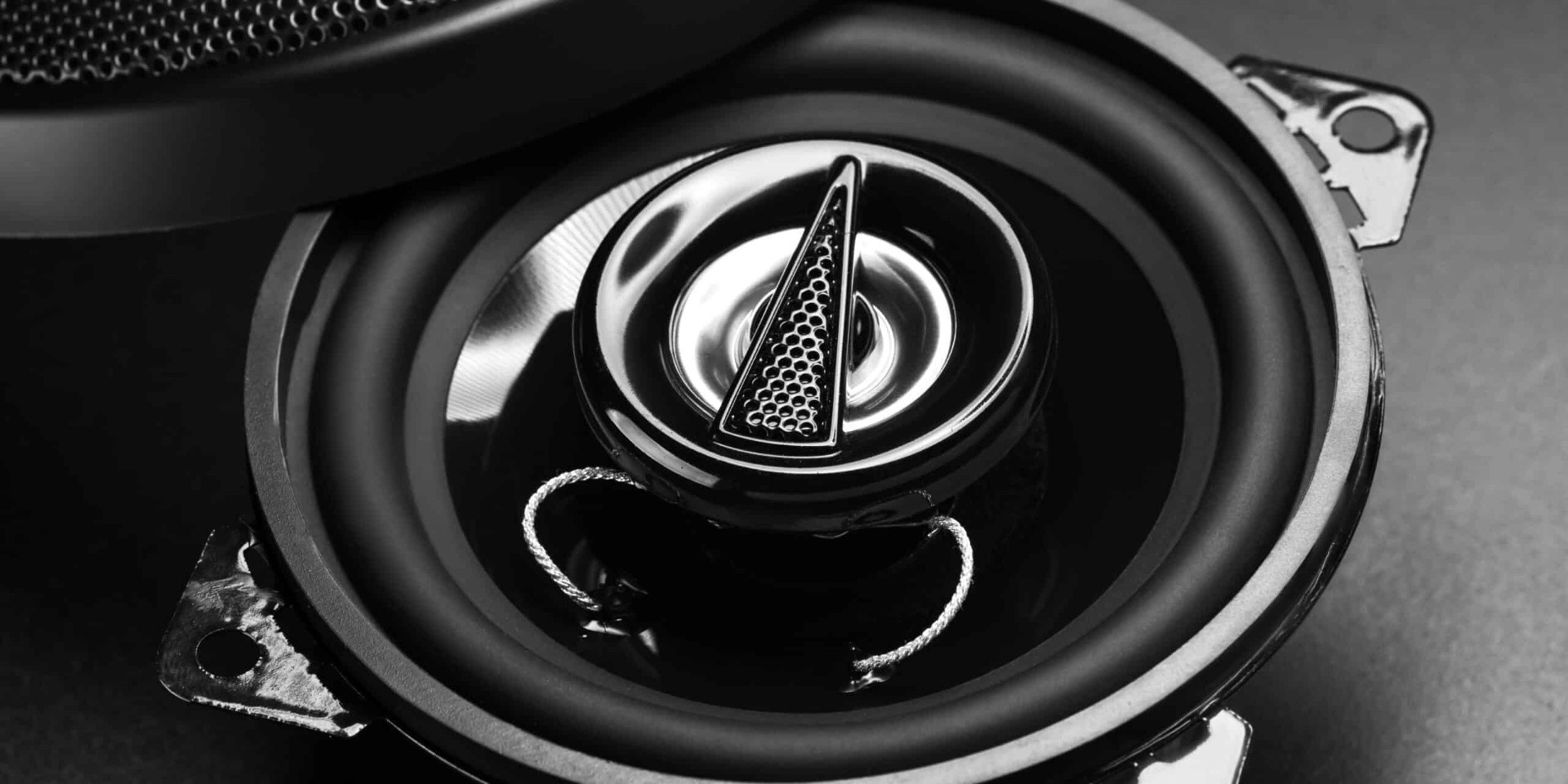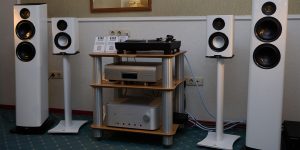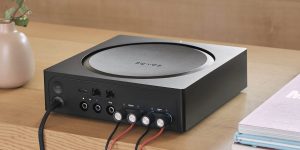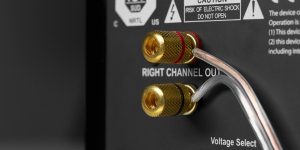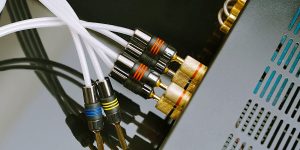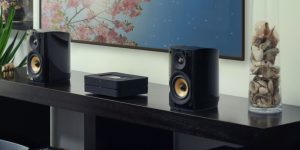Sooner or later, every music fan or just a music listener faces one unusual “confrontation” when choosing speakers: 4 Ohm VS 8 Ohm speakers.
Yes, when choosing audio equipment, including speakers, one of the important parameters to pay attention to is the impedance of the speakers. This value is expressed in ohms and can be from 4 to 16. By the way, speakers with impedance of 4 ohms and 8 ohms are the two most common impedance options. Let’s understand the difference between 8-ohm and 4-ohm speakers so that you can build your home entertainment system correctly. Enjoy quality sound instead of worrying about burned-out speakers or failed receiver channels.
Basics of speaker impedance
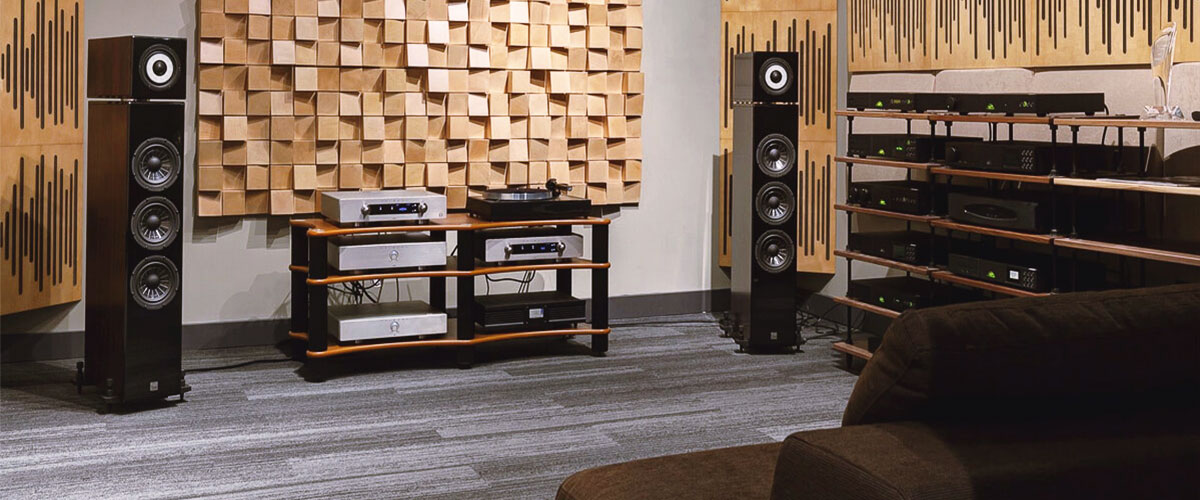
I will try to explain quite complicated concepts in simple words. Impedance is the total electrical impedance of a loudspeaker system. It usually consists of speakers and crossovers, which have a certain resistance to direct current due to an electromagnetic coil and a small set of radio components. However, the sound in the wires is an alternating current, accordingly, the resistance will be different at different signal frequencies. To avoid confusion, the impedance of acoustics is usually measured at 1000 Hz. Thus, the terms ” resistance” and “impedance” are identical.
In general, impedance tells you how difficult it will be for an amplifier to load a speaker and how much load it provides to the amplifier. The rule of thumb is that the lower the speaker impedance, the harder it is for the amplifier to load it.
So what about our main question, “8-ohm vs 4-ohm speakers”? A 4-ohm speaker will be harder for an amplifier to drive than an 8-ohm speaker. This follows from Ohm’s Law.
4 Ohm speakers
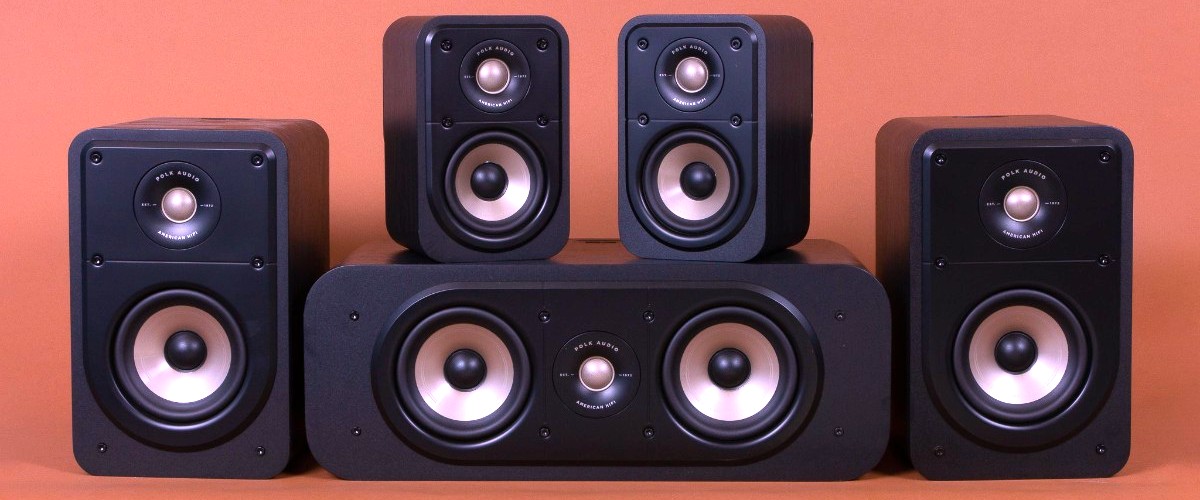
First of all, I would like to point out that 4-ohm speakers often produce more power than 8-ohm speakers. This is especially true for systems where sound quality at high volume is important. However, 4-ohm speakers require more current to operate, which can put additional strain on the amplifier. This may require the use of a more powerful and possibly more expensive amplifier. In addition, due to the higher current draw, there is an increased risk of overheating both the speakers and amplifier, especially when operating at high volume levels for extended periods.
8 Ohm speakers
8-ohm speakers are easier to integrate with most standard audio systems and amplifiers. This makes them a versatile choice for many users. Because they draw less current than 4-ohm speakers, they place less strain on amplifiers, reducing their risk of overheating and damage. Correspondingly, less power consumption means that the amplifier runs in a more comfortable environment, which can increase its lifespan. In my experience, 8-ohm speakers tend to be more reliable in operation, as they cause less stress on the audio system’s components.
Technical comparison
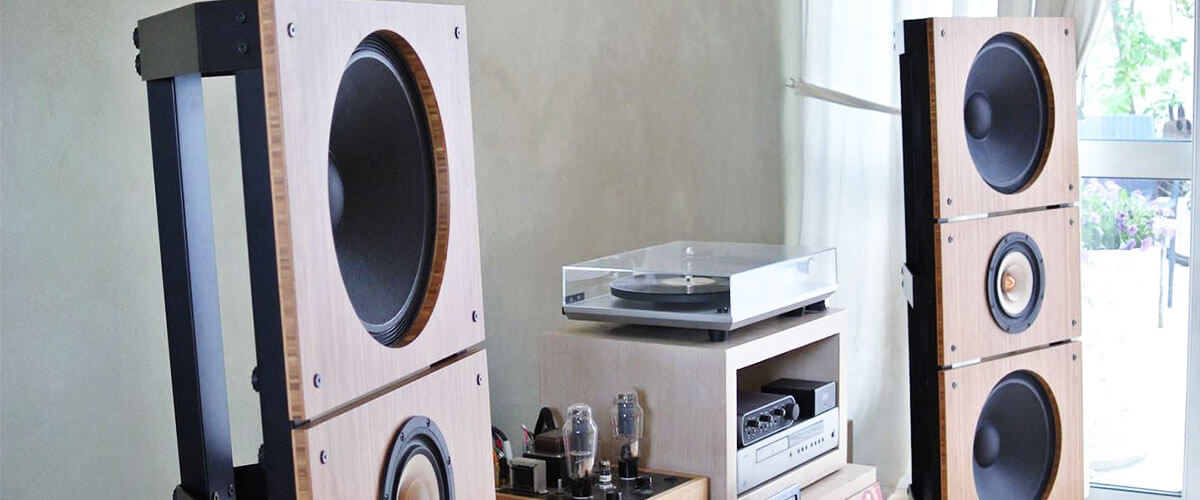
Impedance matching between your amplifier and speakers will ensure the safe and long-lasting operation of both devices, saving you from problems and sound distortion. You should be aware that connecting speakers with a 4-ohm impedance to an amplifier rated for at least 8 ohms and playing loud music can ruin the speakers.
On the other hand, it is possible to connect speakers with a high impedance (e.g., 8 ohms) to an amplifier capable of handling a low impedance (4 ohms). However, in this case, the amplifier will produce half the power (in other words, the sound will be quieter), so this is not ideal.
I should also note that low-impedance speakers (4 ohms) will not fit an amplifier with a minimum allowable impedance of around 10 ohms – in which case, there is a risk that the speakers could be damaged. Although it’s worth noting that most amplifiers have built-in overload protection, so it’s likely to just shut down. So it’s better when the impedance of your speakers and amplifier are the same.
There is a simple method to accurately match almost any speaker to any amplifier. If the impedance of the speakers is too high, connect them to the amplifier in parallel; if it is too low, connect them in series. When connected in parallel, the impedance of each speaker is divided by the number of speakers. For example, two 4-ohm speakers or four 8-ohm speakers will only give 2 ohms. When connected in series, it adds up. Two 4-ohm speakers will give 8 ohms. This is simple physics from a high school textbook. You can also use a combination of series and parallel wiring if you have a lot of speakers.
Practical considerations

In domestic acoustics, where power is more important than the nuances of sound, speakers with lower impedance are more often chosen. But it’s worth remembering that the lower the impedance, the greater the role of wires in the overall impedance. This is partly why audiophiles pay so much attention to them and prefer high-impedance speakers. Speaker sound quality and their proper matching with the amplifier are also of great importance.
I think you have already realized that if you need a high-power system where loudness and sound quality at high volume levels are important, 4-ohm speakers may be the optimal choice. Also, if you have an amplifier specifically designed to handle 4-ohm loads, using these speakers can provide ideal performance and sound quality.
For most home audio systems where power and volume requirements are moderate, I recommend 8-ohm speakers. They will be preferred due to their compatibility and reliability with a wide range of amplifiers.

